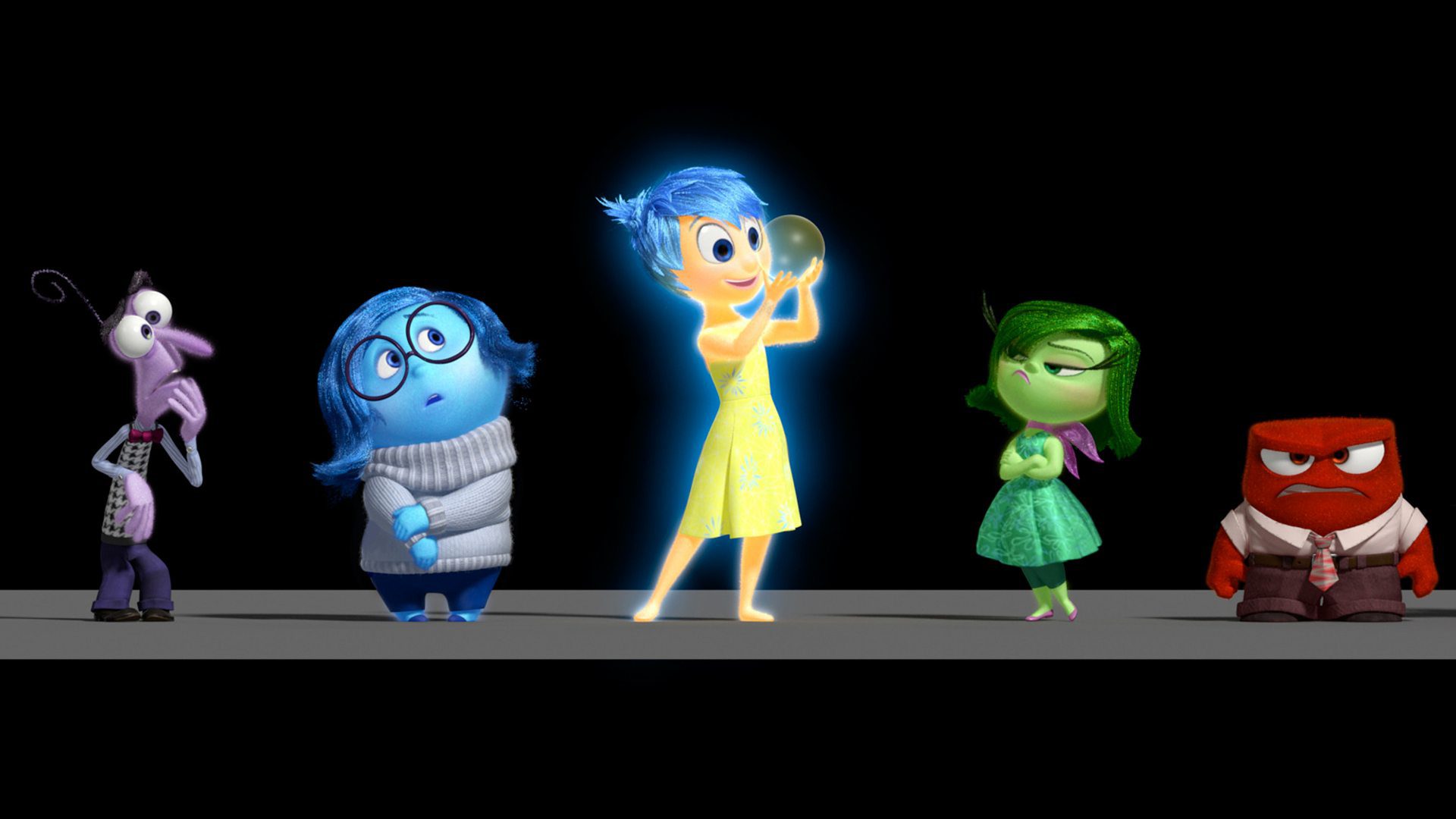
Mars Ep. 2: Understanding Sacrifice
For the first astronauts who attempt to break the bonds of gravity and start a colony on Mars, sacrifice is an important concept. Perhaps we can learn from them.

For the first astronauts who attempt to break the bonds of gravity and start a colony on Mars, sacrifice is an important concept. Perhaps we can learn from them.

What if we had never met Dory? Or if Buzz and Woody had never become friends? Would our world be different? Most of us think that Pixar burst onto the scene with the release of its first feature film in 1995, Toy Story, noting its fifteen Academy Awards coinciding with the partnership with Walt Disney…